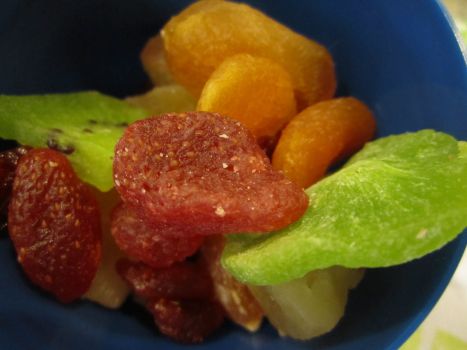
Fruits are usually juicy and yummy. Dried fruits are also tasty but the best part is when we cook dry fruits they become juicy once again as if by some magic. Dry fruits are rich in various nutrients and it is a great habit to use them in your recipes and especially the desserts. Fruits are juicy because they have sap inside them which keeps the seeds nourished until they are ready for germination. Fruit is the storehouse of baby plant food. Dry fruits do not have sap but when cooked they soak the water from the broth and swell back to their previous size.
The fruits lose up to 80% of the water they contain generally due to the process of drying. When we compare a dry fruit with its juicy version the difference become clear. One of the most noticeable changes can be seen in raisins. If you put a handful of raisins in a bowl of water, the next morning you will find the raisins turn almost into its original form of a grape. This is because the dry raisins absorbed water from the bowl. The process of water being absorbed by fruits is called osmosis.
Osmosis occurs when there is a significant difference in the density of water molecules between two places attached by a permeable membrane. The water molecules pass through the permeable membrane from the place of high density to the place of low density. Without the presence of water, however, osmosis cannot take place and the dry fruits cannot swell. Veggies like mushrooms and beans also swell when put into a broth and boiled. When fruits are dried then also osmosis takes place but at that time juices flow out of the fruits to the dry environment.